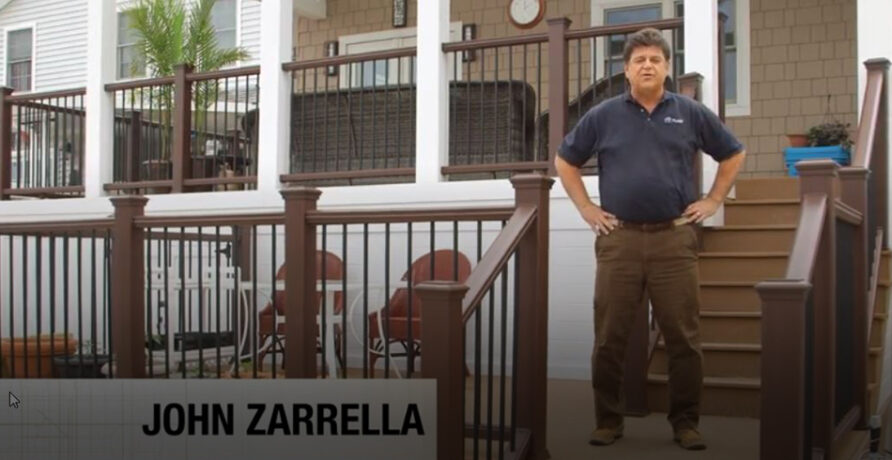Hurricane season runs June 1 to November 30 every year. Hurricanes can bring severe winds, heavy rainfall, storm surge, coastal and inland flooding, rip currents, tornadoes, and even landslides.
See how to prepare your family, learn about your building code, find your evacuation zone, decide where you’ll shelter, and strengthen your home.
Before hurricane season begins June 1 every year, prepare for storms by finding your evacuation zone, deciding where to shelter, building your disaster supply kit, and strengthening your home (DO NOT tape your windows).
Visit the HurricaneStrong website and use the checklists to complete your plan today.
It is critical time to stay safe and put your disaster preparedness plan into action during a hurricane.
Take all safety precautions, monitor the storm, and follow the advice of authorities, especially if they order evacuations.
If you don’t evacuate, stay indoors and shelter in an interior, windowless room during high winds.
Downed power lines, contaminated water, and flooded roadways create hazardous conditions. Stay indoors until authorities say it’s safe to leave or return home.
Use generators safely during power outages. Take photos of property damage, make temporary repairs to prevent further damage, and file a claim with your insurance company.
Plan to repair and rebuild resiliently to prevent damage from future hurricanes.
Please enter a more specific address.

A hurricane watch is issued when hurricane conditions (sustained winds of 74 mph or higher) are possible within the specified area.

A hurricane warning is issued to indicate that hurricane conditions (sustained winds of 74 mph or higher) are expected somewhere within the warned area.
The Federal Alliance for Safe Homes (FLASH) — a 501(c)(3) nonprofit organization — is the leading consumer advocate for strengthening homes and safeguarding families from natural and manmade disasters.
This guide helps homeowners and homebuyers understand their resilience options.
This annual conference brings together the nation’s leading voices in disaster safety.
Inspect2Protect will help you understand the building code where you live.


Wind Resistant Roof Systems


Resilient Wall Construction


Is Your Groovy Home Hurricane Ready?


Hurricane Clips and Straps


#HurricaneStrong Demonstration Home


Masking Tape Myths
Hurricanes, also known as tropical cyclones, are large, rotating storms that form over warm ocean waters. They are caused by a combination of atmospheric and oceanic conditions that create a favorable environment for their formation and growth.
Warm ocean water, moisture, and converging winds are the key ingredients for hurricane formation as they create a low-pressure area at the surface. As the warm, moist air rises and cools, it forms clouds and releases latent heat energy, which fuels the storm’s development.
Hurricanes require certain conditions to grow and intensify. These include warm ocean temperatures, low vertical wind shear (which allows the storm to maintain its structure), and high atmospheric moisture levels. If these conditions persist, the hurricane can grow and become more powerful.
Hurricane season varies depending on the region. In the Atlantic basin, which includes the Atlantic Ocean, the Caribbean Sea, and the Gulf of Mexico, hurricane season officially runs from June 1 to November 30, with peak activity typically occurring between mid-August and late October.
In the Eastern Pacific basin, which includes the waters off the western coast of Mexico and Central America, hurricane season officially runs from May 15 to November 30, with peak activity typically occurring in September.
It is important to note that while the peak of hurricane season typically occurs in August and September, tropical storms and hurricanes can form before or after the official season. Therefore, it is important to be prepared and stay informed about potential threats throughout the year.
Typhoons and hurricanes are tropical cyclones defined as rotating storms that form over warm ocean waters in the tropics. While they share many similarities, there are some key differences, including:
Location – The term typhoon describes a tropical cyclone that forms in the western Pacific Ocean, particularly in the North Pacific basin east of the International Date Line. The term hurricane describes a tropical cyclone that forms in the Atlantic Ocean, the Caribbean Sea, or the Gulf of Mexico.
Wind speed – Typhoons and hurricanes are both categorized according to their maximum sustained winds near the center of the storm that blow consistently over a period of time.
Rotation direction – Typhoons and hurricanes rotate in opposite directions in the Northern and Southern Hemispheres. In the Northern Hemisphere, hurricanes rotate counterclockwise, while typhoons rotate clockwise in the Southern Hemisphere.
A tropical storm becomes a hurricane when it reaches sustained wind speeds of 74 miles per hour or greater. This is the threshold for a Category 1 hurricane on the Saffir-Simpson Hurricane Wind Scale, which is used to classify hurricanes according to their maximum sustained wind speeds.
It is important to note that the Saffir-Simpson ranking does not account for a hurricane’s storm surge or inland flooding threats, which are both potentially deadly conditions. That is why it is essential to consider all aspects of hurricane risk (wind, surge, inland flooding) together to adequately assess the need for evacuation and other safety precautions.
Hurricane duration varies depending on several factors, such as storm intensity, location, and path. While widely variable, on average, a hurricane can last 7 to 10 days from its formation as a tropical disturbance to the time when it dissipates.
According to the National Hurricane Center (NHC), hurricanes generally occur over several stages:
Formation: A hurricane begins as a tropical disturbance, a cluster of thunderstorms that forms over warm ocean waters. If the disturbance becomes organized and develops a closed circulation, it can be classified as a tropical depression.
Strengthening: As a tropical depression gains strength, it can be classified as a tropical storm, with maximum sustained winds between 39 and 73 miles per hour. If the storm reaches maximum sustained winds of at least 74 miles per hour, it can be classified as a hurricane.
Peak intensity: A hurricane can reach its maximum intensity at any time during its lifespan. The duration of this peak intensity can vary depending on the storm.
Decay: As a hurricane moves over cooler water or encounters unfavorable atmospheric conditions, it will gradually weaken and eventually dissipate.
Hurricanes occur in many regions worldwide, but some areas are more prone to these storms than others. The Caribbean islands, the Gulf of Mexico, and the southeastern United States are some of the locations most frequently impacted by hurricanes.